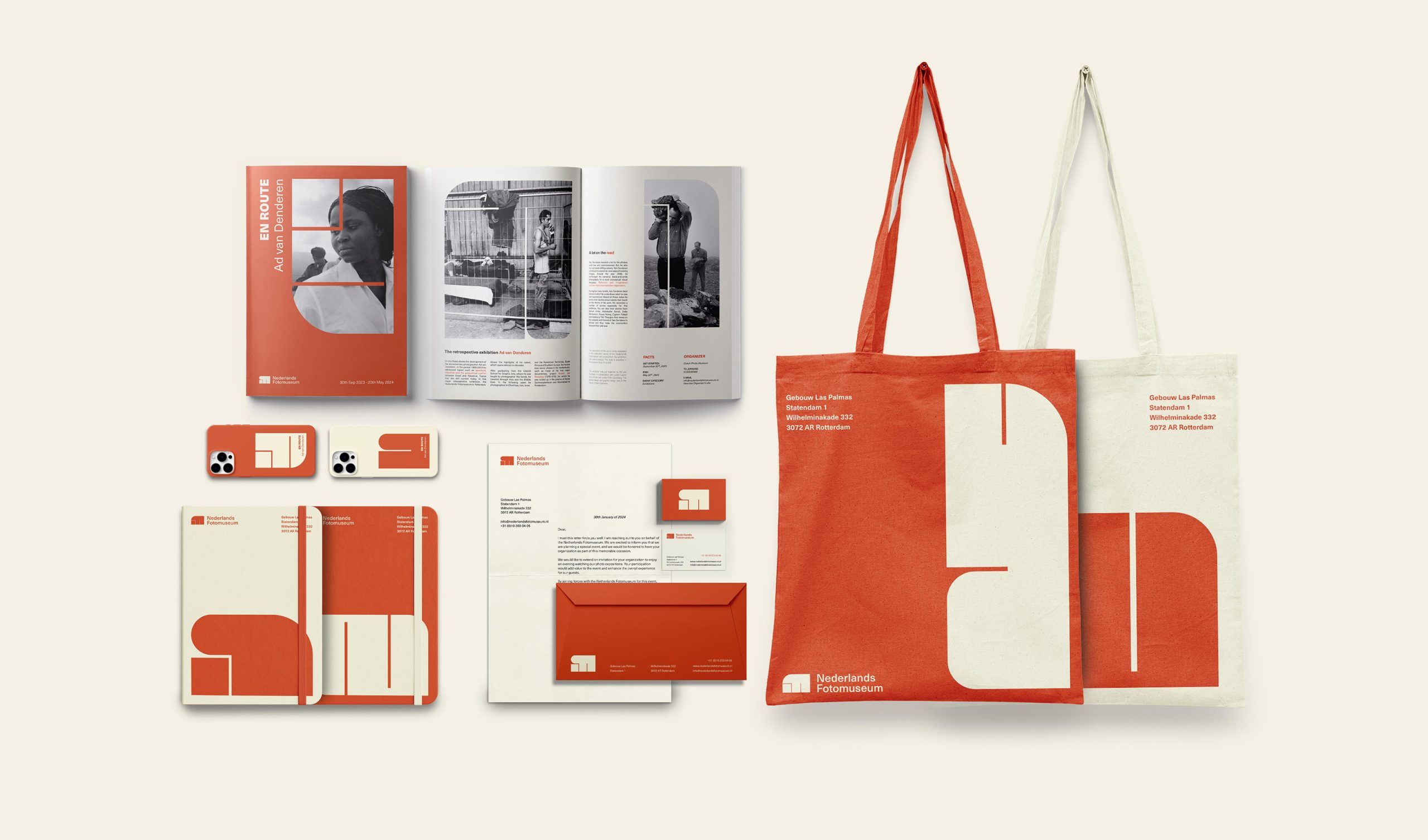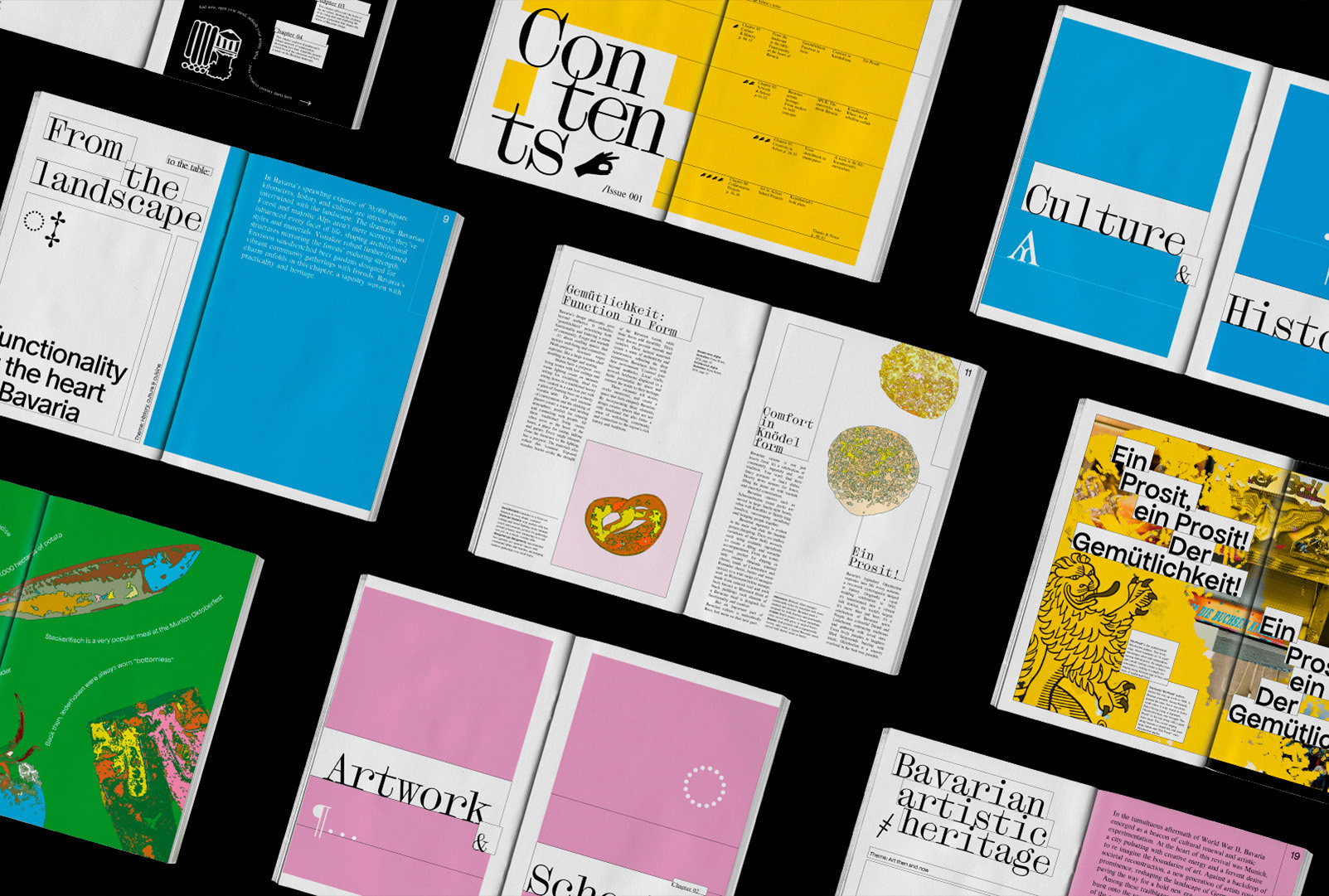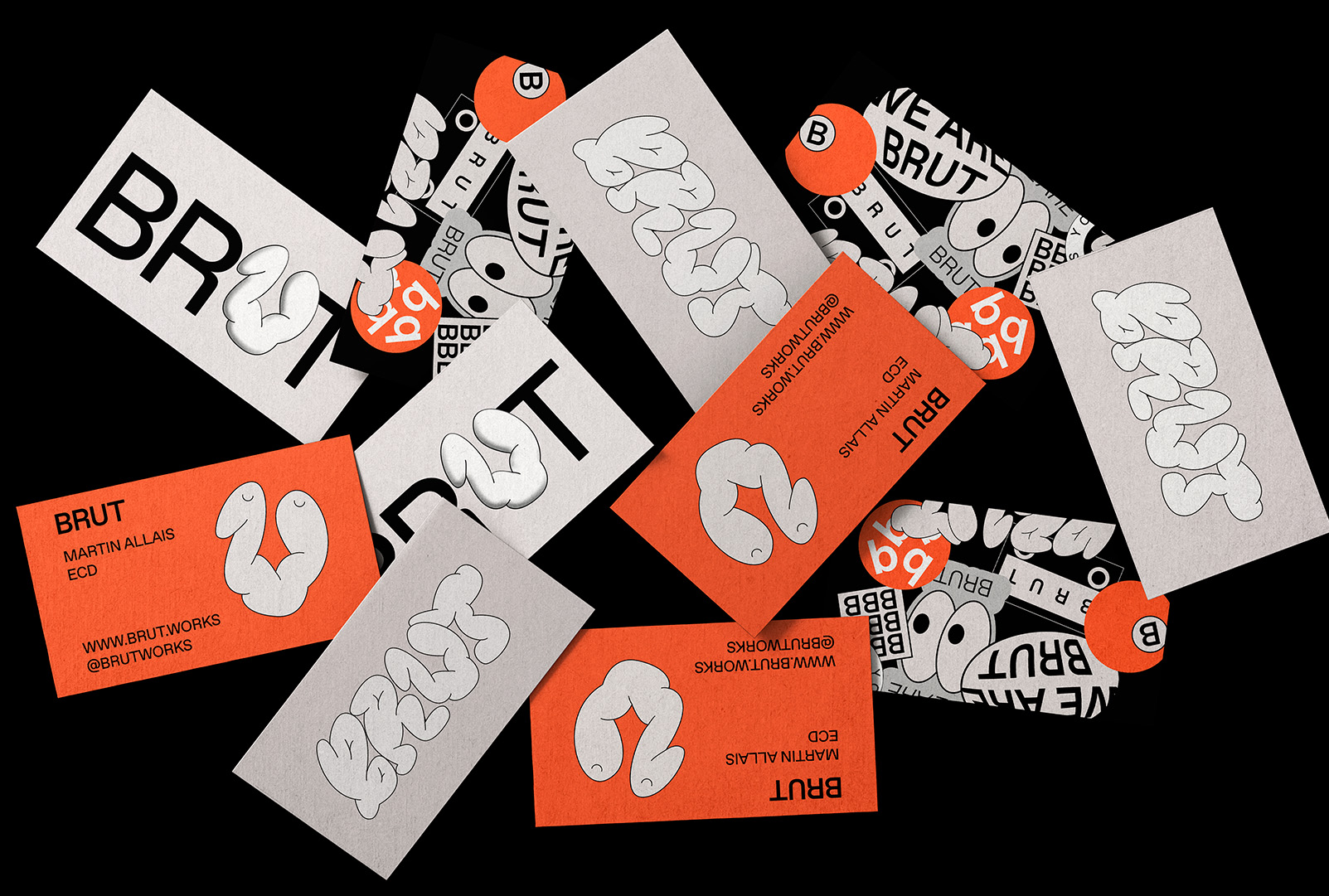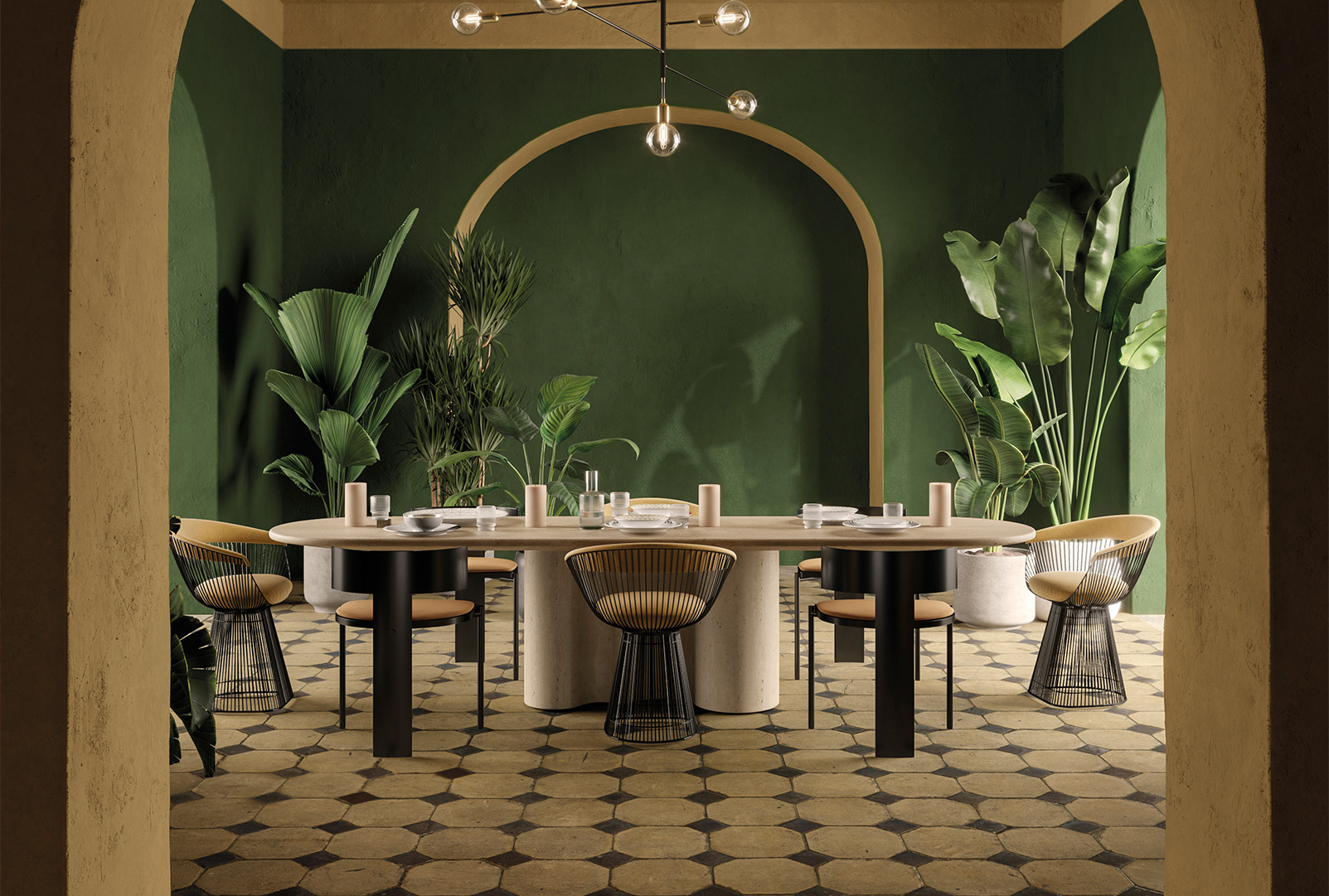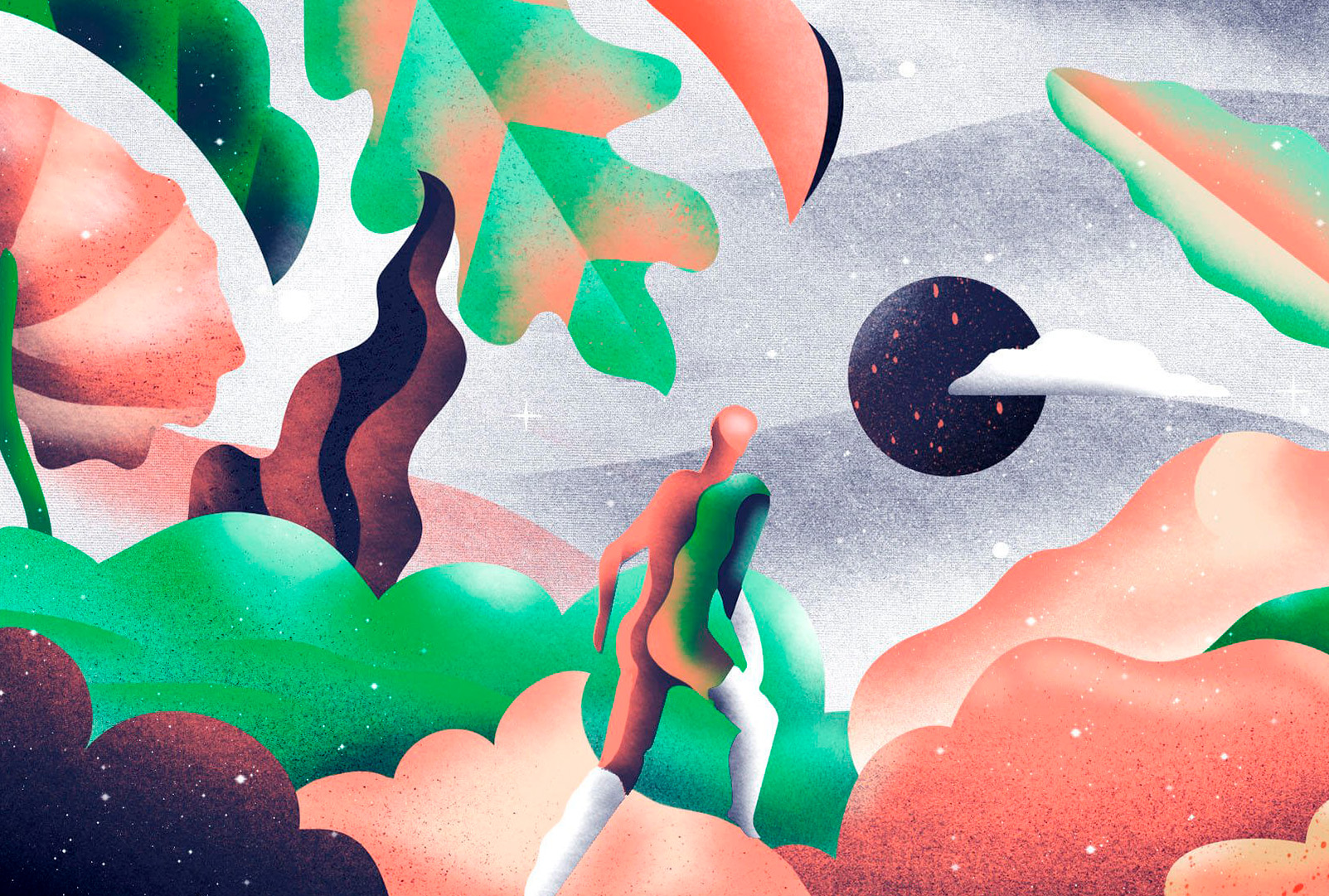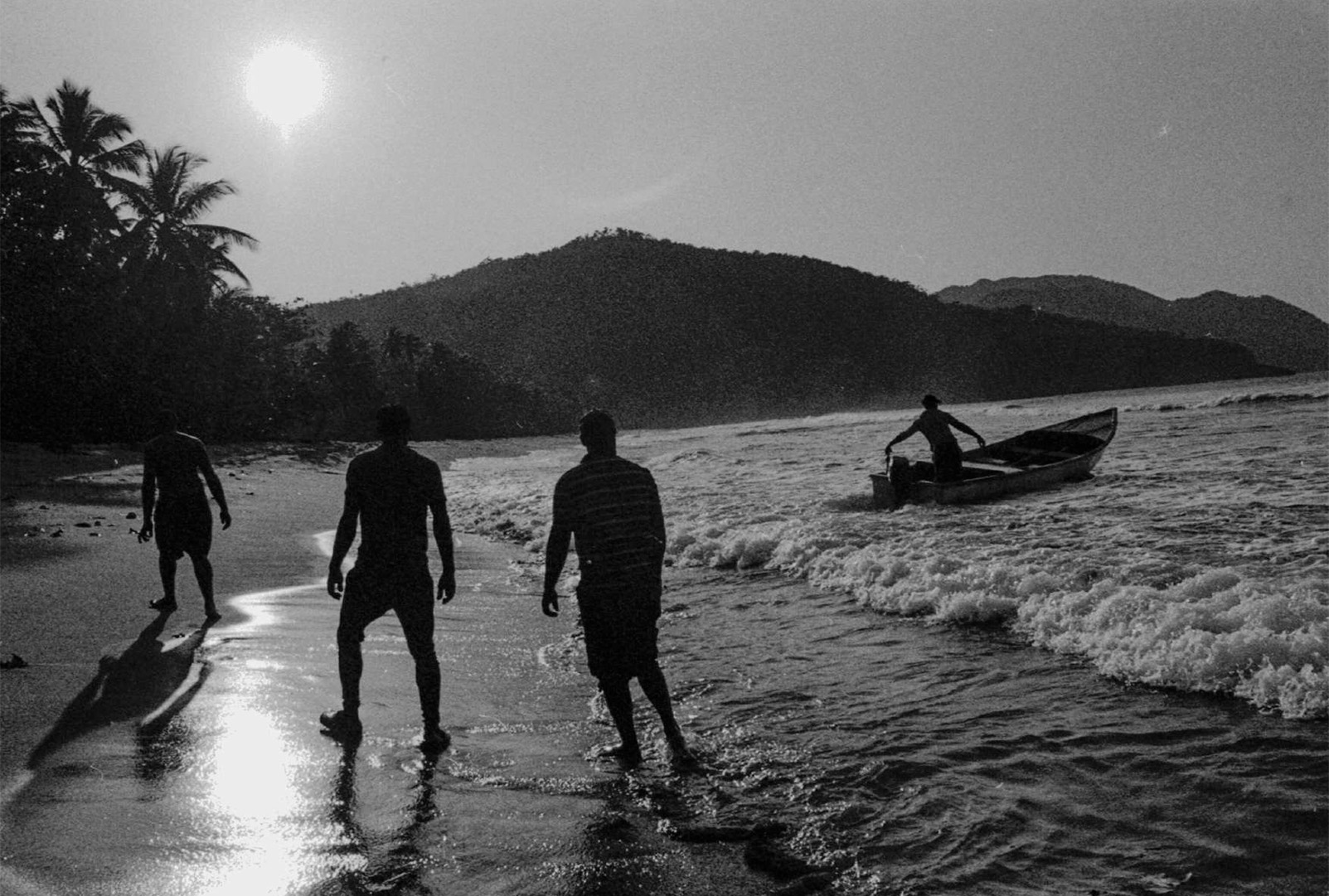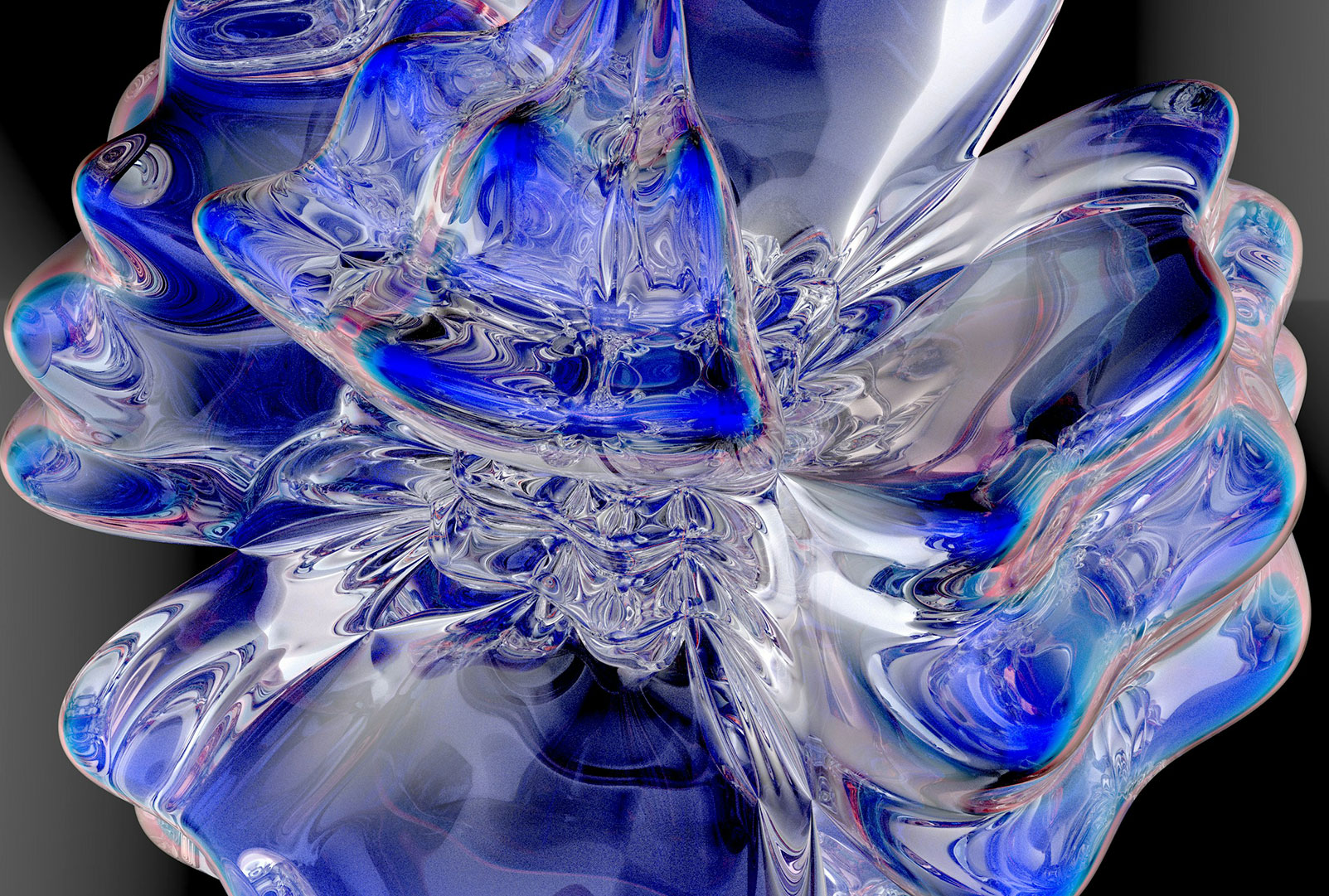Adrià Chalaux and Albert Moreu, the creators of the interactive experiences at LABASAD’s stand at OFFF 2025

From their studio, Collserola, they collaborated with LABASAD at OFFF 2025 by developing three interactive digital experiences that combined code, design and audience participation.
From 8 to 10 May, LABASAD made its debut as an Educational Sponsor at OFFF Barcelona with the Creators’ Playground, an interactive stand that highlighted creativity, pedagogy and technology as engines of transformation. At the heart of this proposal were three digital experiences developed by Adrià Chalaux and Albert Moreu, co-directors of the Máster Online en Programación para Creativos in Spanish at LABASAD. Their work served as a bridge between the school’s visual imagination and the realisation of an immersive experience.
Adrià and Albert are the founders of Collserola, a digital studio with over 15 years of experience. Their story began organically and in a self-taught way, when they developed their first website for a restaurant without having any prior knowledge of programming. Since then, their growth has been constant, tackling increasingly complex projects for a wide range of clients — from independent publishers to universities, cultural festivals and creative agencies.
“We didn’t know how to code, but we were eager to build things. We started out of necessity and curiosity. From there, we’ve learned to adapt to every new technology in order to keep delivering relevant solutions,” explains Adrià.
Today, Adrià focuses on visual design and creative coding, while Albert has specialised in technical development, backend and system architecture. Their studio operates like a small digital workshop, where each commission is treated as a unique piece.
“We work like in an atelier: every project has its own logic, its own aesthetic, its own code. We think through each one, discuss it, and solve it together — like an artisanal challenge,” says Albert.
As part of the OFFF Festival 2025, LABASAD invited them to collaborate on the design of three branded activations for their stand. The concept was led by the school’s creative team, headed by Florence Birebont, and presented a clear challenge: to translate LABASAD’s visual universe into participatory, intuitive and technically solid digital experiences.
Adrià and Albert developed a touch-based wheel of fortune offering prizes, discounts and creative challenges; a drawing app for iPad that invited visitors to leave their visual mark; and a digital mural displayed on a large LED screen, where all the audience’s creations appeared in mosaic form, building a collective and ever-changing visual landscape.
“Our aim was for anyone to understand straight away how to interact with the stand. Each element needed to be clear, functional and visually consistent,” says Adrià.

Behind this seemingly fluid and playful experience was a complex technical structure that required weeks of planning, development, testing and refinement. The three activations — the wheel, the drawing app and the digital mural — not only had to work independently, but also communicate with each other in real time, run across different devices (iPads, touchscreens, LED panels), and adapt to the unpredictable conditions of a temporary environment like OFFF.
The greatest technical challenge was ensuring that the system was lightweight, fast and stable. The stand could not rely on a permanent internet connection or risk any errors during live use. To achieve this, they developed a modular architecture that allowed local synchronisation between devices, minimising latency and optimising each interaction so that the user experience would be immediate, smooth and satisfying.

Albert took the lead on backend development, integrations and technical validation, while Adrià focused on creative programming and interface design. Together, they refined everything from the algorithm behind the prize logic of the wheel to the precise parameters needed to project the drawings on the LED screen without any loss of resolution or colour fidelity.
“We had to test everything in the studio before taking it to the festival — from how the drawings were rendered to how the apps communicated with each other. We had to anticipate errors, latency, and fine-tune every part of the process down to the last detail,” says Albert.
In addition, during the setup, both were on-site to adapt the applications in real time: they resolved issues like pixel mapping on the large LED screen, visually calibrated the iPad drawing app for intuitive use, and made final compatibility adjustments based on the actual hardware in the space.
“People see the experience, but not everything behind it — testing, debugging, software architecture… Getting everything to work perfectly in a setting like OFFF, full of stimuli, noise and technical constraints, is an achievement in itself,” says Albert.

This way of understanding programming — as a creative, accessible and flexible medium — is the foundation of the Máster Online en Programación para Creativos in Spanish that they both lead at LABASAD.
“We realised that when we were starting out, there was nowhere to learn this — no creative approach, no real tools, no idea how to work in a studio. That’s why we created the máster. It’s what we would have wanted ourselves,” says Adrià.
The programme is aimed at creative professionals (designers, illustrators, photographers, architects…) who want to explore the world of code without abandoning their graphic identity. Programming is taught from a visual, conceptual and practical perspective, centred on real projects, live classes and constant feedback.
“We’re not trying to train traditional developers — we want to nurture hybrid profiles who can communicate with both technical and creative teams, and bridge the gap between the two worlds,” adds Albert.
Adrià and Albert’s teaching experience at LABASAD has been just as enriching as their professional practice. They have already guided many generations of students, some of whom have launched their own digital projects as a result of the master’s program. According to Adrià, “Programming is a language without limits. What you can create depends solely on your imagination. It’s like design, but with infinite tools. And when you see someone with no prior experience launch their first interactive website, it’s truly moving.”
Moreover, LABASAD’s #Onlive format allows them to maintain close and dynamic contact with students across Spain and Latin America. “It really does become a community — full of debate, collaboration and shared learning,” adds Albert.
The work of Adrià Chalaux and Albert Moreu on LABASAD’s Creators’ Playground perfectly illustrates what they teach: using code not as an end in itself, but as a tool to play, move and communicate. It proves that when programming is fuelled by creativity, it can transform a screen into an experience, a line of code into an idea, and a máster into a whole new way of seeing the world.
Do you love design and want to learn to code?
The Máster Online en Programación para Creativos in Spanish at LABASAD gives you the tools to take your first steps into this expansive world, guided by two leading professionals who have spent over 15 years building powerful digital experiences.

